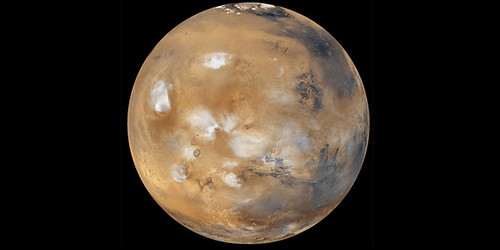
Accurately measuring atmospheric gas swirls as they interact with the atmosphere and the ground is a complicated process on this planet — let alone Mars. But this is exactly what U.S. Forest Service scientist Bill Massman will be doing for NASA’s Mars Exploration Program.
The swirls Massman will measure are referred to as turbulent eddies. Although this sounds like the name of show business comedy act there’s nothing funny in this business of precisely measuring the mechanism by which energy, momentum, gasses and aerosols are exchanged between the surface and the atmosphere on a completely alien world.
“These eddies are central to understanding atmospheric dynamics, chemistry and climate on Earth as well as Mars,” said Massman. “My role in this team effort is to guide and ensure that the surface exchange fluxes are accurately measured — it needs to be exact.”
The Mars Exploration Program has made understanding the structure and processes operating in the Martian boundary its highest priority climate science goal. With this goal in mind, Massman was invited to join the NASA-funded gases project to develop an eddy covariance instrument for the Mars planet exploration.
The information Massman gathers from the project will help NASA scientists better understand the atmosphere of Mars and may even play a role in preparing future technologies for a possible manned mission to the red planet.
According to NASA, the Mars Exploration Program is a science-driven program that seeks to understand whether Mars was, is, or can be, a habitable world. Mars is similar to Earth in many ways, having many of the same “systems” that characterize our home world. Like Earth, Mars has an atmosphere, a hydrosphere, a cryosphere and a lithosphere. In other words, Mars has systems of air, water, ice, and geology that all interact to produce the Martian environment.
